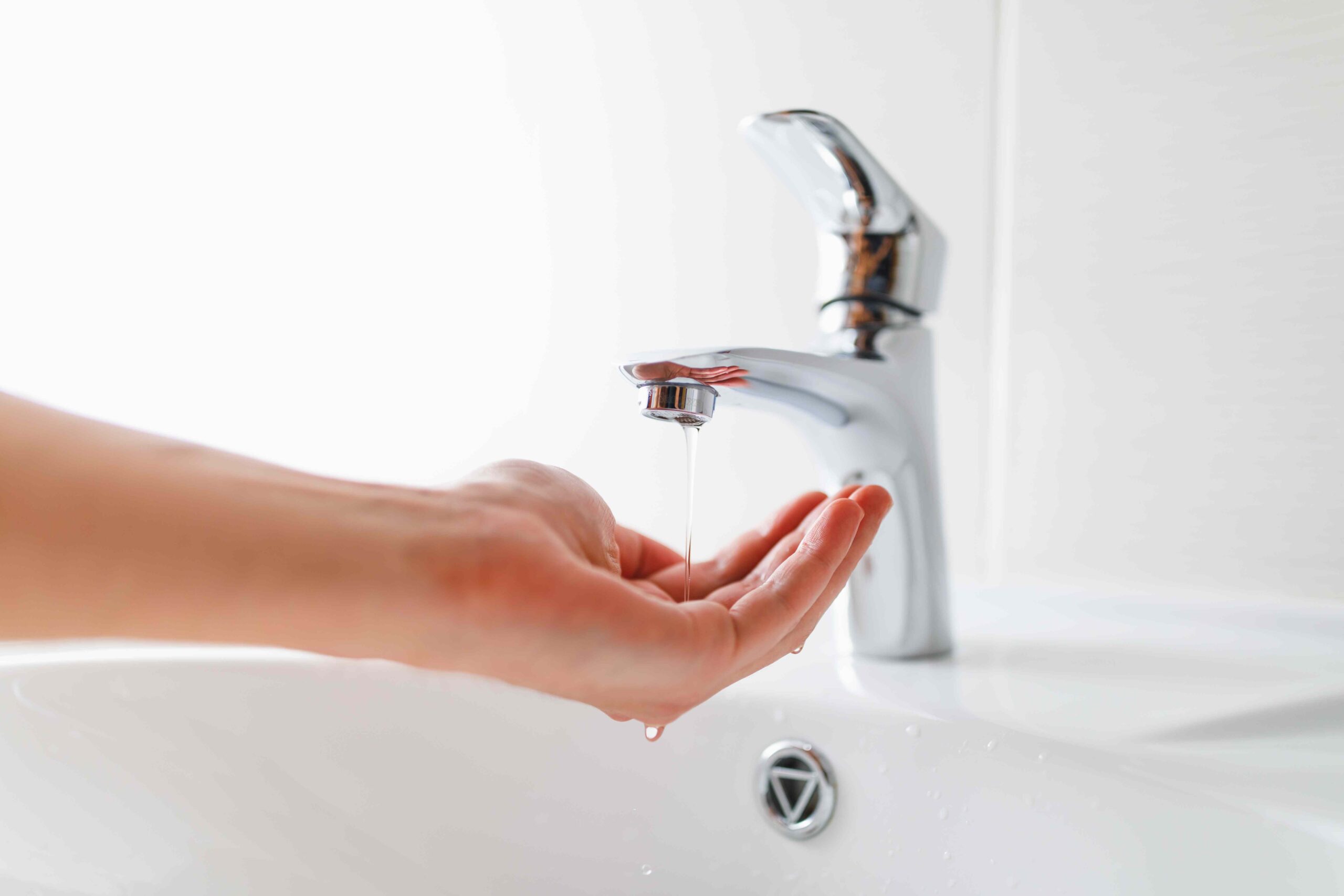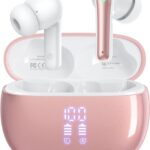Key Points
- Low water pressure in your home can affect your water hose, faucets, and appliances.
- Start by testing your water pressure and flow rate using the methods below.
- Then look for common causes of low water pressure, like leaky pipes and partially opened valves.
If your home’s water pressure is too low, it can affect many items you use every day. From obvious outcomes like your water hose pressure being too low to water your garden o, r your showerhead having low pressure, to less obvious things, such as your washing machine filling too slowly and throwing an error code. If these things sound familiar, you’re probably looking for ways to increase the pressure.
Below, we’ve explained how to increase water pressure in your home without causing damage to your pipes, fixtures, and appliances.
How to Test Your Water Pressure and Flow
To get an accurate idea of your home’s water pressure, we recommend buying an inexpensive water pressure gauge that can be screwed onto a water hose. Once tightly fitted on the hose, turn your water on, and the gauge will display your pressure in psi (pounds per square inch).
“Normal” water pressure varies, but anything in the range of 40 to 60 psi is adequate. If your water pressure measures below 40 psi, you were correct to assume your water pressure is too low.
To measure your water’s flow rate, there is an easy test you can perform using materials you probably already have. Here’s how to do it:
- Line up a few containers outside. This can be a few 5-gallon buckets, empty jugs, and cartons, or other similar containers. However, it’s crucial to know exactly how many gallons each container holds.
- Pull up your phone’s stopwatch app. This will be used to time the rate of flow.
- Turn your hose on. Turn your hose fully on, start the stopwatch, and fill the containers.
- Fill for one minute. Once one minute has passed, stop filling and measure the number of gallons in the containers.
- Calculate your flow. Flow is measured in GPM (gallons per minute), so the number of gallons filled in one minute is your flow rate.
Want more home reno project tips and inspiration? Sign up for our free daily newsletter for the latest how-tos, reno guides, and more!
Check Your Main Water Valve
Oftentimes, the cause of low water pressure in a home is a partially closed valve. Check your main water valve to ensure it’s fully open before performing the other tasks on this checklist. Depending on your home, it may have both an internal main valve and a valve at the street, though you may not have access to the street valve.
Check for Leaks and Clogs
Even a small leak in your water supply line can drastically affect your water pressure. While less common, clogs in your water supply line will drastically decrease your water’s flow rate. If you haven’t recently installed plumbing, you probably don’t have a clog. Conversely, if your plumbing isn’t very old, you likely aren’t dealing with a clogged supply line.
Clean Your Aerators and Screens
If your water pressure issue is limited to one fixture or appliance, it’s more likely that there is a local clog that needs to be cleared. Check all aerators, screens, or filters to ensure there’s no blockage from sediment or other debris.
Adjust the Pressure Reduction Valve
If you still haven’t had any luck increasing your home’s water pressure, you may be able to adjust your PRV, assuming it isn’t already fully open. The water pressure from the utility company can be very high, so the PRV is in place to limit the pressure. You can turn a knob or bolt on the PRV to increase or decrease the pressure to your liking.
While rare, your home’s water pressure regulator may be faulty and require a placement PRV. If you noticed the water pressure doesn’t change at all when you adjust the PRV, you should contact a plumber.
Warning
Pressure reduction valves play a crucial role in protecting pipes, faucets, and appliances from excessive water pressure, so be careful when adjusting them.
Install a Water Pressure Booster
If all else fails, a plumber can install a water pressure booster. This device consists of a pump and a pressure tank to manipulate your home’s water pressure.
FAQ
-
Water pressure can be directly adjusted at the pressure reduction valve, but a loss in water pressure often comes as a result of a leak, a partially closed valve, or a clog.
-
If you find no obvious causes of your home’s low water pressure or if your home’s water pressure has suddenly decreased, it may be worth calling a plumber to help identify the underlying cause and restore your water pressure.
-
Common causes of low water pressure in your house are clogged and corroded pipes, blocked aerators and screens, leaks, partially closed valves, and faulty pressure reduction valves.











